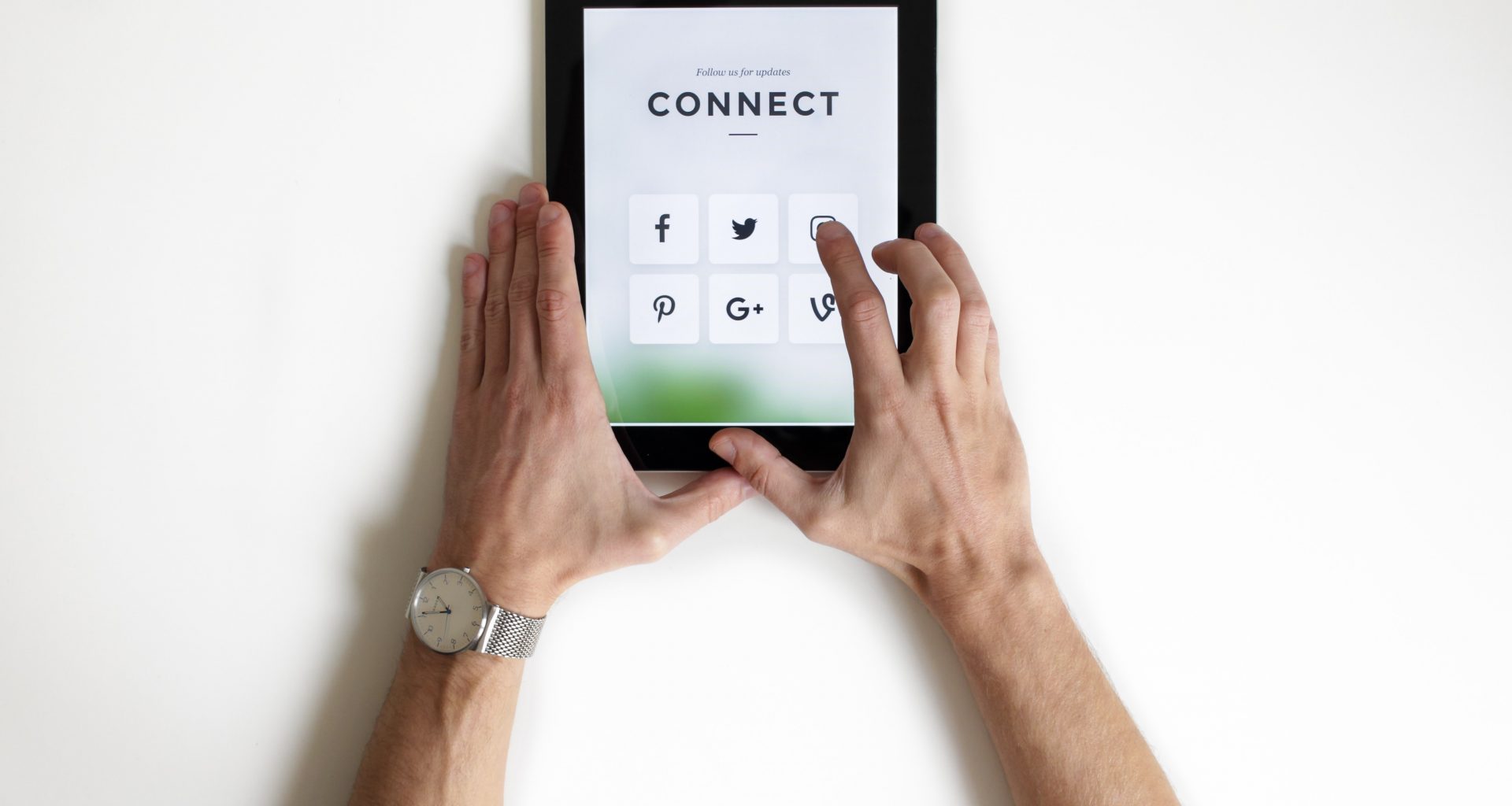
Leave at your door? CHECK.
Since the start of COVID-19, we’ve seen a sudden shift in how technology is transforming our retail experience. From virtual menus at restaurants to contactless delivery to virtual try-ons, inevitably, the need for safety trumps the preference of emotional pleasure and social interaction that comes with in person shopping.
Regional to global retailers such as Noon.com and Walmart in USA, offer customers the option to pay online and receive the item at their door without having to sign for delivery. Why? Companies are adapting to the times and to what customers are asking for. They may opt to purchase the same product as they did pre COVID-19, but it’s what underneath the surface that matters in order to maintain that consumer-brand loyalty. They want to avoid risks. Simple as that. By offering adapted services such as catalogue shopping, curbside pick-up and WhatsApp commerce, companies offer a sprinkle of safety, mixed with a dose of hygiene and a dash of discipline. Welcome to the new normal; where the actual products aren’t enough, and service is just as, or if not more important than what’s actually being sold.
Additionally, retail entities and shopping malls are implementing new tech to ease consumers’ hesitations. For example, Dubai Mall announced its launch with Noon.com to tap into its EMAAR resources and provide a way to receive items that were once available in the mall, now available to deliver right at one’s doorstep. While in April, MAF launched online shopping and free, contactless delivery features.

The companies that have already transformed their retail experience prior to COVID-19; preempted the rise in demand of omni-channel shopping. For example, Amazon Go, “corner shop” stores that do not require the presence of physical staff since customers pick up the items they want in store and pay using their phone via scanner.
While the upsides of virtual shopping include convenience and safety, the downside to augmented reality and automation is that there will be loss of labor jobs, a lack of personalized shopping and a challenge to instill trust in heavy investment purchases. When it comes to high-risk, high-investment purchases such as jewellery, luxury handbags, cars, etc. most consumers still opt to go into a physical boutique to feel the product, compare offers and speak to a sales rep before investing a hefty sum.
In order to alleviate the above pain points with a virtual experience, Some brands are looking at innovative ways to leverage such behavior changes and make the shopping experience as personalized as possible. In June, Farfetch announced their investment in i-Fetch: a multi-dimensional chat option in an effort to help shoppers shop in a more efficient, smart way. Luís Carvalho, vice president for architecture at Farfetch, commented: “There’s still a lot to explore in the area of multimodal chatbots and I believe that this is a project with enormous potential. On the same train, Yoox-Net a Porter aims to tap into AI to transform its virtual experience to a more realistic one, integrating virtual search and virtual try-on all from the comfort of one’s own home.

The possibilities are endless, however successful advancements not only integrate tech, but also seem to provide personalized and trustworthy experiences online. We will start to witness how leveraging IoT and omni-channel structures are the best way forward.


